Montpellier, a vibrant city in the South of France, is a hidden gem that offers a perfect blend of history, culture, and modernity. Known for its sunny climate, beautiful architecture, and lively atmosphere, Montpellier is a must-visit destination for travelers seeking to experience the charm of the French Mediterranean. In this article, we’ll explore the seven best places to visit in Montpellier, providing you with tips, tricks, and advice to make the most of your trip.
1. Place de la Comédie

Place de la Comédie is the heart of Montpellier and one of the most iconic squares in France. Often referred to as “L’Œuf” due to its egg-like shape, this bustling square is the perfect starting point for any visit to Montpellier. Surrounded by beautiful buildings, cafes, and shops, Place de la Comédie is a lively spot where you can soak up the city’s atmosphere.
Things to See:
- The Three Graces Fountain: This 18th-century fountain, located in the center of the square, is a symbol of Montpellier. The statue of the Three Graces is a favorite spot for photos.
- Opéra Comédie: The grand opera house overlooking the square is an architectural masterpiece and a great place to catch a performance if you have time.
- Street Performers and Markets: The square is often filled with street performers, musicians, and market stalls, especially during the weekends.
Tips and Tricks:
- Morning Visits: Visit early in the morning to enjoy the square before it gets crowded, and grab a coffee at one of the outdoor cafes to start your day.
- Evening Strolls: The square is beautifully illuminated at night, making it a perfect spot for an evening stroll.
2. Promenade du Peyrou
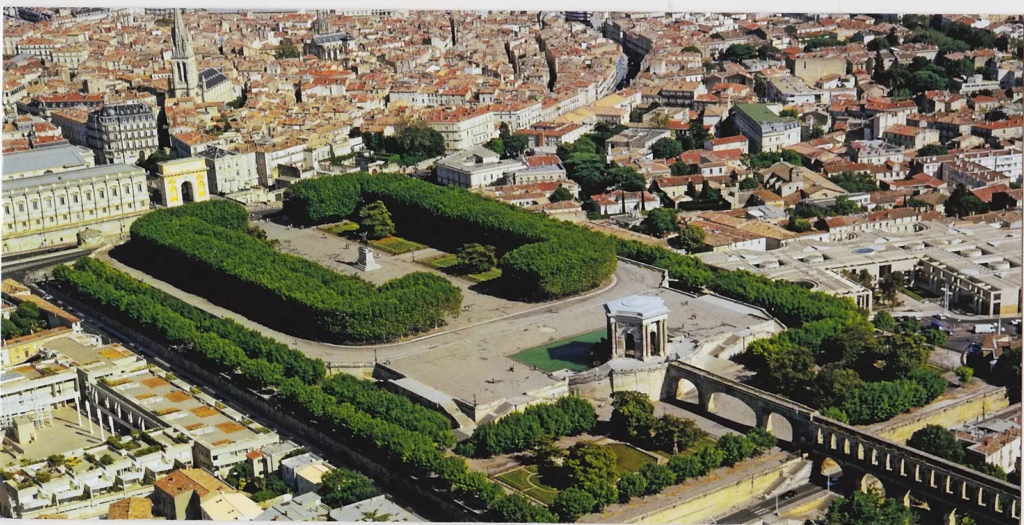
Promenade du Peyrou is a historic promenade that offers stunning views of Montpellier and the surrounding countryside. This park is a favorite among locals and tourists alike, offering a peaceful escape from the city’s hustle and bustle.
Things to See:
- Peyrou Water Tower: This 18th-century water tower is an impressive structure that was once part of the city’s aqueduct system. It stands proudly at the western end of the promenade.
- Statue of Louis XIV: At the center of the promenade, you’ll find an equestrian statue of Louis XIV, also known as the “Sun King.” The statue adds a regal touch to the area.
- Arc de Triomphe: The Arc de Triomphe, located at the entrance to the promenade, is a triumphal arch that commemorates the victories of Louis XIV.
Tips and Tricks:
- Picnic Spot: Bring a picnic and enjoy it on the grassy areas of the promenade, especially on a sunny day.
- Sunset Views: The promenade offers some of the best sunset views in Montpellier. Arrive in the late afternoon to catch the golden hour.
3. Musée Fabre
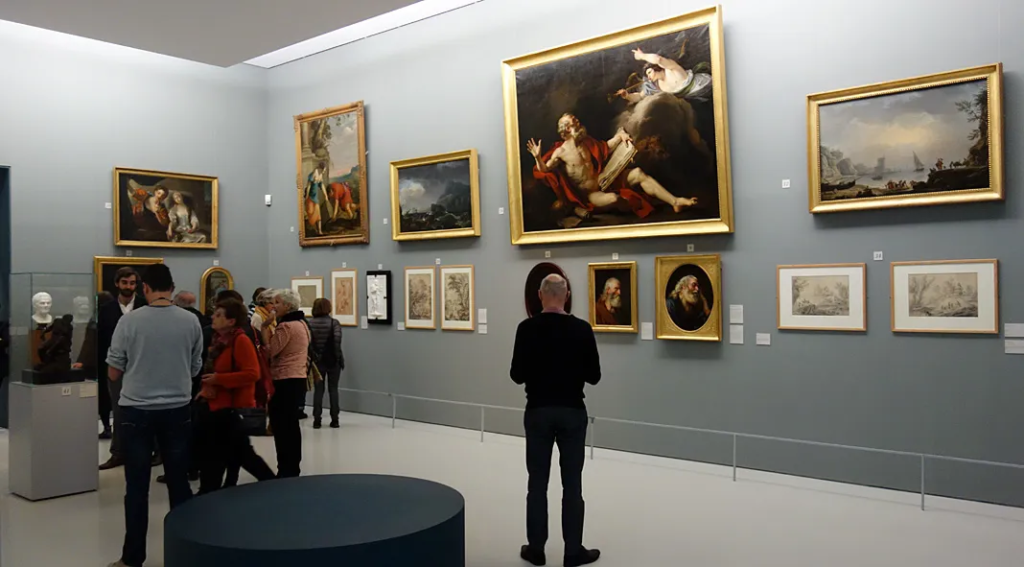
For art lovers, the Musée Fabre is a must-visit. Established in 1825, this art museum houses an extensive collection of European paintings, sculptures, and decorative arts from the Renaissance to contemporary periods. It’s one of the most important museums in France outside of Paris.
Things to See:
- Renaissance Paintings: The museum’s collection includes masterpieces by artists like Delacroix, Rubens, and Courbet.
- Modern Art: The museum also features modern and contemporary works, including pieces by Pierre Soulages, a renowned French painter.
- Temporary Exhibitions: Musée Fabre regularly hosts temporary exhibitions, so check their schedule before you visit.
Tips and Tricks:
- Plan Your Visit: Allocate at least two hours to explore the museum thoroughly. Consider taking a guided tour to gain deeper insights into the collection.
- Museum Café: Don’t miss the museum café, which offers a relaxing spot to enjoy a drink or a light meal after your visit.
4. Jardin des Plantes
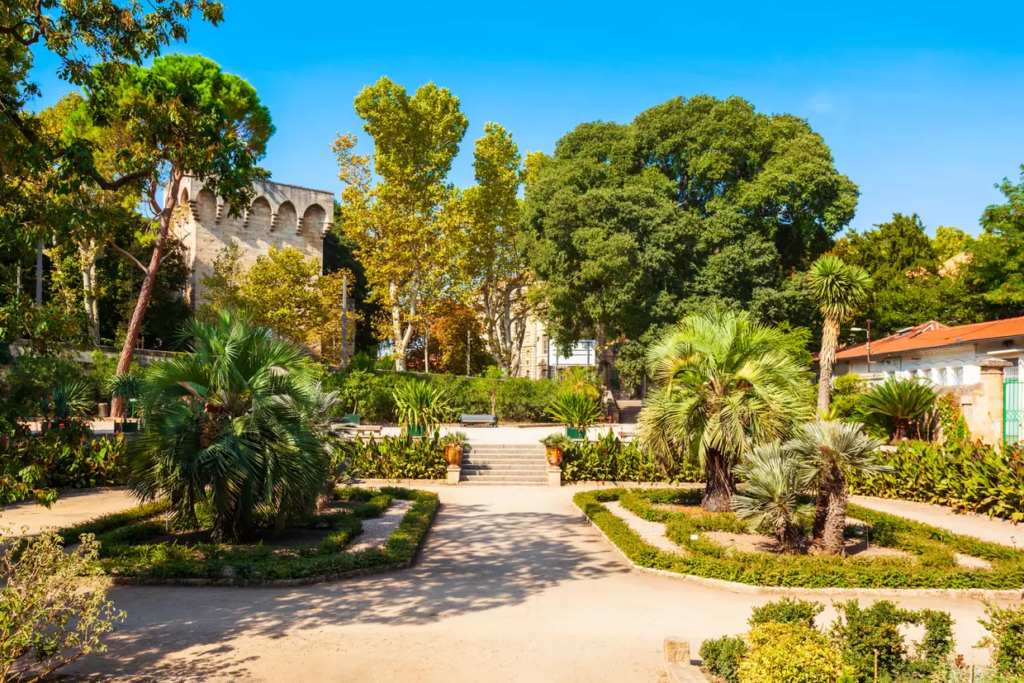
Montpellier’s Jardin des Plantes is the oldest botanical garden in France, dating back to 1593. This peaceful oasis is a perfect place to unwind, explore nature, and learn about different plant species.
Things to See:
- Herbarium Collection: The garden features a vast collection of herbs and medicinal plants, reflecting its origins as a medicinal garden.
- Greenhouses: The tropical greenhouses are home to exotic plants and provide a fascinating glimpse into diverse ecosystems.
- Ancient Trees: Wander through the garden to discover some of the oldest trees in France, including a magnificent hackberry tree planted in 1642.
Tips and Tricks:
- Free Entry: Entry to the Jardin des Plantes is free, making it a budget-friendly activity.
- Guided Tours: Consider joining a guided tour to learn more about the history and significance of the garden’s plant species.
5. Montpellier Cathedral (Cathédrale Saint-Pierre)
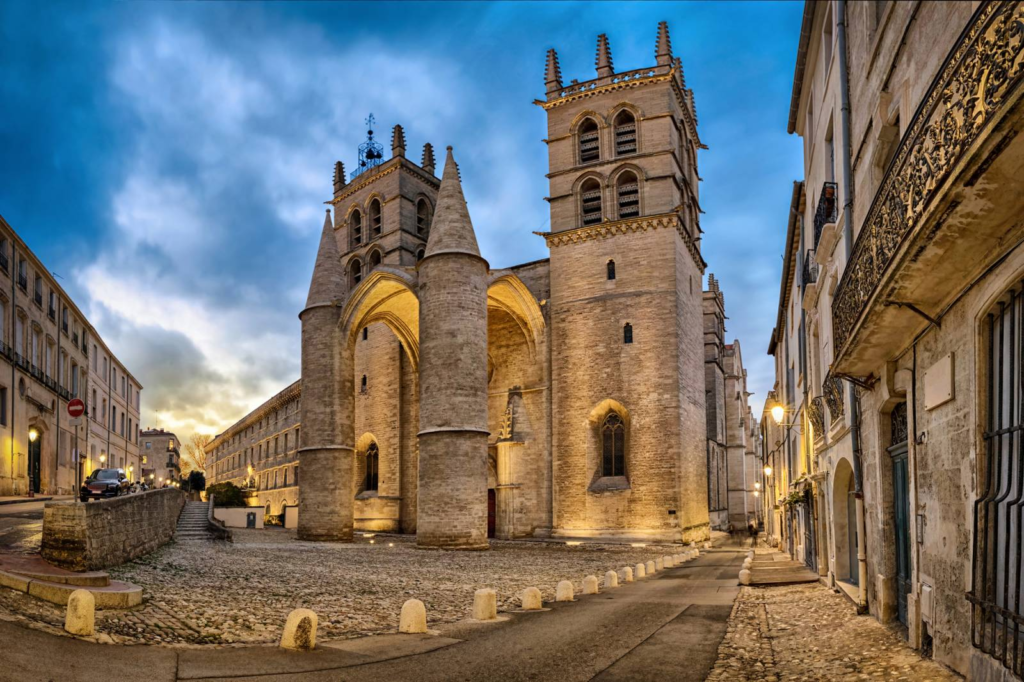
The Cathédrale Saint-Pierre is a stunning example of Gothic architecture and is the main religious site in Montpellier. Originally a monastery church, it became a cathedral in 1536 and has been a significant part of the city’s history ever since.
Things to See:
- Impressive Facade: The cathedral’s imposing facade features two massive conical towers that give it a fortress-like appearance.
- Stained Glass Windows: Inside, you’ll find beautiful stained glass windows that depict various biblical scenes.
- Organ Recitals: The cathedral is known for its organ recitals, which are a treat for music enthusiasts.
Tips and Tricks:
- Attend a Service: If you’re interested in the religious aspect, attending a service can provide a deeper connection to the history and spirituality of the cathedral.
- Photography Tip: The best time to photograph the cathedral is in the early morning or late afternoon when the light is softer.
6. Antigone District

The Antigone District is a modern architectural marvel in Montpellier, designed by the Spanish architect Ricardo Bofill. This neo-classical neighborhood is a stark contrast to the city’s historic center, offering a unique perspective on Montpellier’s urban development.
Things to See:
- Esplanade de l’Europe: This large square is the heart of the Antigone District, with fountains, sculptures, and a grand staircase leading down to the Lez River.
- Neoclassical Buildings: The district is known for its symmetrical and monumental buildings, inspired by ancient Greek and Roman architecture.
- Lez River Walk: Take a leisurely stroll along the Lez River, which borders the district, and enjoy the tranquil atmosphere.
Tips and Tricks:
- Visit on a Sunday: The Antigone District hosts a lively market on Sundays, where you can shop for local produce, crafts, and antiques.
- Explore by Foot: The best way to explore the Antigone District is on foot, allowing you to fully appreciate the architectural details.
7. Château de Flaugergues
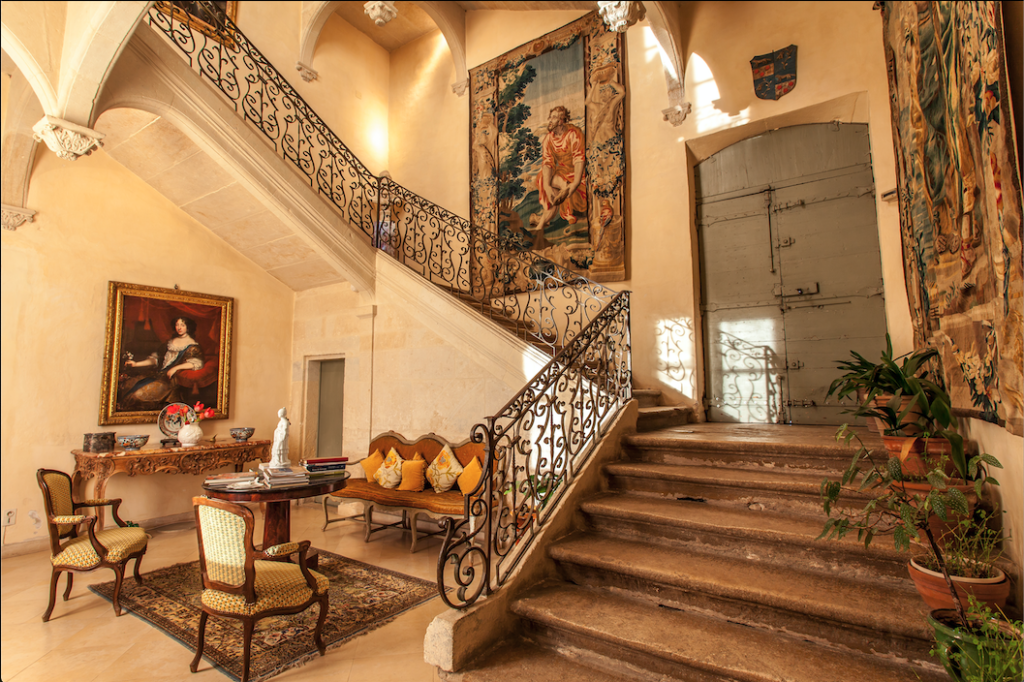
Château de Flaugergues is a beautiful 17th-century mansion located just outside Montpellier. This “folly” (a type of grand suburban house) is surrounded by stunning gardens and vineyards, offering visitors a glimpse into the region’s aristocratic past.
Things to See:
- The Château: The mansion itself is a fine example of classical French architecture, with beautifully decorated interiors that reflect the opulence of the era.
- Gardens: The Château’s gardens are a highlight, featuring a mix of French formal gardens and English-style landscapes. Don’t miss the bamboo garden!
- Wine Tasting: The estate produces its own wine, and visitors can enjoy a wine tasting experience in the château’s cellars.
Tips and Tricks:
- Guided Tours: A guided tour of the château provides fascinating insights into the history and architecture of the estate.
- Buy Local Wine: Consider purchasing a bottle of the estate’s wine as a souvenir of your visit.
Travel Tips and Advice for Visiting Montpellier
- Best Time to Visit: Montpellier enjoys a Mediterranean climate, making it a year-round destination. However, the best time to visit is in the spring (April to June) or fall (September to October) when the weather is mild, and the tourist crowds are smaller.
- Getting Around: Montpellier has an efficient public transport system, including trams and buses, making it easy to get around the city. The historic center is pedestrian-friendly, so be prepared to do a lot of walking.
- Local Cuisine: Don’t leave Montpellier without trying some local specialties. Look for dishes like “Tielle,” a savory pie filled with octopus, and “Clapas,” a regional cheese. The local markets are great places to sample fresh produce and regional delicacies.
- Language: While French is the official language, many people in Montpellier speak English, especially in tourist areas. However, learning a few basic French phrases can enhance your experience and help you connect with the locals.
- Safety: Montpellier is a relatively safe city, but like any other tourist destination, it’s important to stay vigilant, especially in crowded areas. Keep an eye on your belongings and be cautious when walking alone at night.
- Accommodation: Montpellier offers a range of accommodation options, from budget hostels to luxury hotels. Staying in the historic center allows you to be close to the main attractions, while accommodations in the Antigone District offer a more modern experience.
- Day Trips: If you have extra time, consider taking a day trip to nearby attractions such as the medieval town of Aigues-Mortes, the picturesque village of Saint-Guilhem-le-Désert, or the famous Pont du Gard, a Roman aqueduct.
- Cultural Etiquette: The French take pride in their culture, so it’s important to
Read this article : Top 30 Most Visited Cities in France by Tourists








